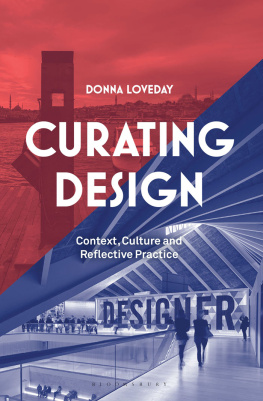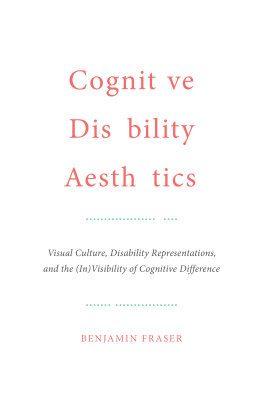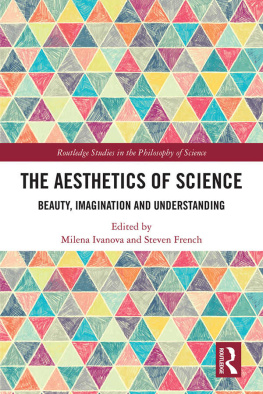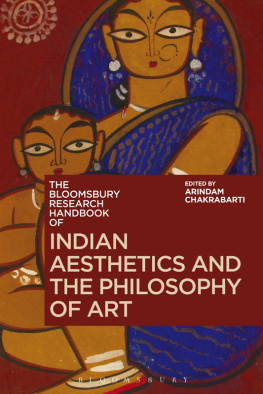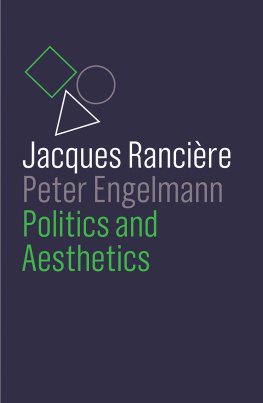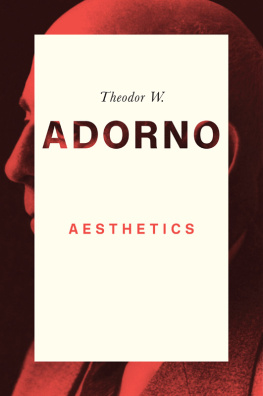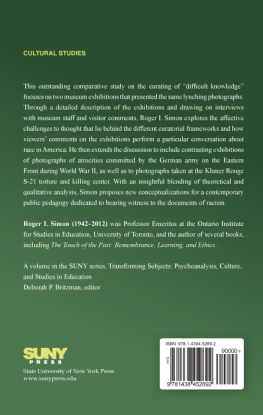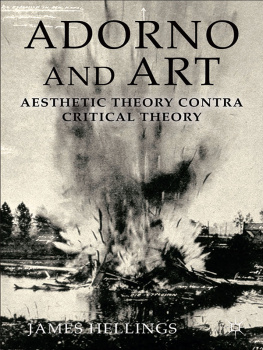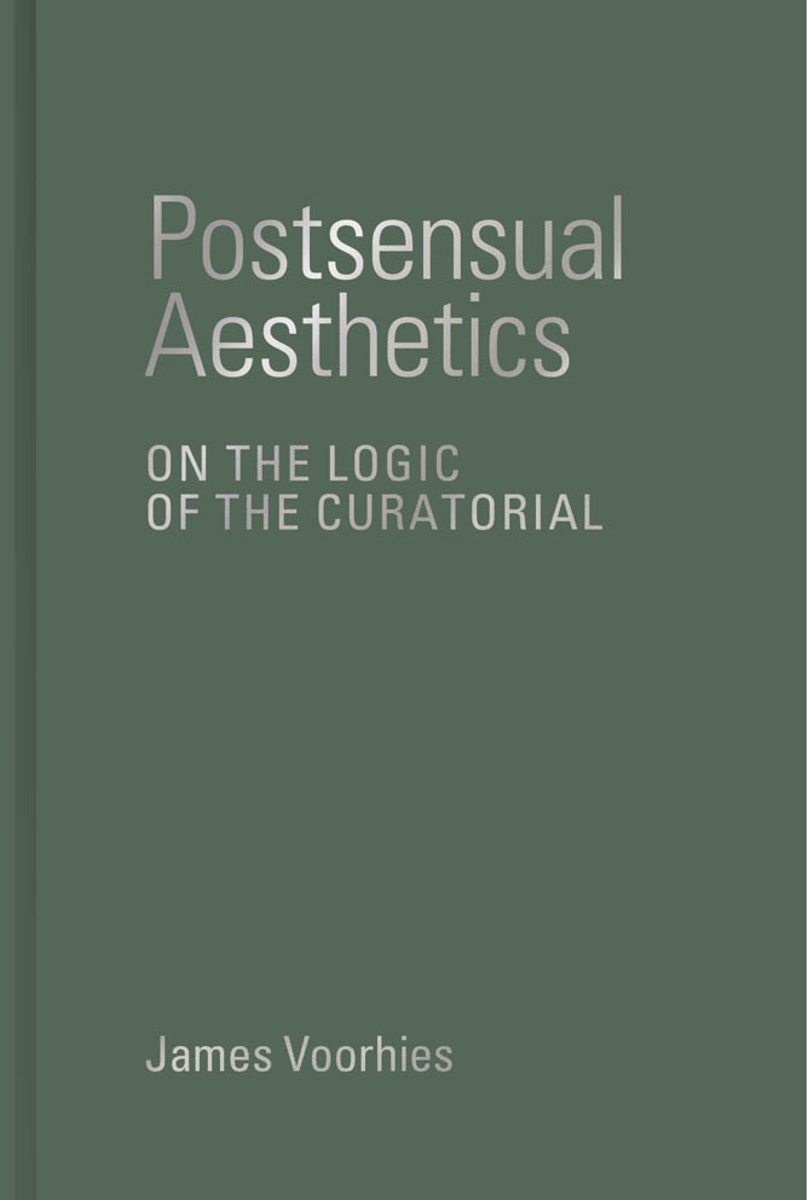2023 Massachusetts Institute of Technology
All rights reserved. No part of this book may be reproduced in any form by any electronic or mechanical means (including photocopying, recording, or information storage and retrieval) without permission in writing from the publisher.
The MIT Press would like to thank the anonymous peer reviewers who provided comments on drafts of this book. The generous work of academic experts is essential for establishing the authority and quality of our publications. We acknowledge with gratitude the contributions of these otherwise uncredited readers.
This book was set in Univers by The MIT Press.
Library of Congress Cataloging-in-Publication Data is available.
ISBN: 978-0-262-04760-9
10987654321
d_r0
The Research Exhibition
A large-scale art exhibition like documenta 14 is an unlikely venue to display the work of an institute dedicated to examining the histories of unlawfully acquired Jewish property. Yet, for all her work as a researcher and facilitator, Maria Eichhorn is nevertheless an artist. She has chosen to undertake this work through contemporary art. But how are visitors to exhibitions expected to understand its complexities and depth? How are curators expected to exhibit and mediate it? How do museums acquire it? How do markets value it? How do critics respond to it? Eichhorn's work cannot be experienced in totality. She has presented a problem to the field of contemporary art.
Eichhorn is not alone. Many artists and curators pursue research with experts like sociologists, anthropologists, political theorists, engineers, and philosophers. The collaborative work might focus on untold histories and overlooked archives, or be niche studies in a field like astronomy, the climate, or urban planning. The work might probe topics related to colonialism, racial inequities, or flows of human migration. The research topic sometimes becomes synonymous with the practice of an artist or a curator. It can be a project they have traced over yearsentire careersand presented in various exhibitions and publications. While they may not have technical training or formal education in the subject, they may often single-handedly recover and draw attention to something, someone, or someplace, hastening a critical discourse about it. Contemporary art is uniquely generous to these types of inquiries. It gives time, attention, space, and resources to this work, with the contemporary exhibition serving as a kind of showcase or clearinghouse.
Postsensual Aesthetics: On the Logic of the Curatorial reflects on these conditions. It offers a rethinking of aesthetic forms in order to provide a theoretical framework for describing and analyzing the production of knowledge by artists and curators as it relates to the contemporary art exhibition. It seeks to problematize and raise questions about what is at stake in the field of art when artistic research mimics the methodologies of traditional research disciplines and aligns itself with them. The following theorization responds to changes over the past three decades in modes of production where artists and curators intentionally and strategically extend aesthetic engagement in contemporary art, from the sensual to the cognitive. It argues for a reconsideration of the centering of the epistemological in contemporary art where complex propositions and projectslike Eichhorn's extraordinary launch of a research institute in documenta 14are deployed using the mechanisms of exhibition. These propositions frequently manifest in the concerted coordination of exhibition and publication, suggesting that audiences are willing and able to reconcile a combination of both sensual and cognitive experiences with the work in order to access, engage, and transform the content offered into knowledge.
Publications (not to be confused with exhibition catalogs) have become essential to this work. They offer a new kind of curatorial challengea beautiful problem, if you willfor developing and honing other kinds of curatorial skills and methodologies for mediating content and bringing it to the public. Today, many artists and curators strategically coordinate the real and conceptual qualities of the exhibition and book forms to complement each other. They look to the book as a valuable consolidator for this work because the book does something a physical exhibition cannot: it provides extended time with art and ideas, time that is elastic, time that is on the reader's own terms, allowing information to become knowledge at whatever pace is individually desirable. Books hold the sustained intellectual arguments posited by artists, curators, and their collaborators, expanding and extending work further and longer into the public realm. Books can act as repositories, giving artists and curators opportunities to take stock by publishing something related to a research project that may be ongoing for years and even decades. Books provide opportunities to understand and engage with multifaceted works, like Eichhorn's, so when audiences experience her exhibition at documenta 14, they might already be informed of the complexity of her work. Simply put, it helps to know something about a project before or after an exhibition experience because the work is structurally conceived to connect, in part, to audiences through readingnot only within the limited spatial and temporal parameters of an exhibition but also through books outside of it.
These conditions for producing and disseminating knowledge in contemporary art have transformed the exhibition into a dynamic arena for theoretical thinking and research over the past thirty years. Informed by exhibitions like documenta, Istanbul Biennial, Guangzhou Triennial, Gwangju Biennale, Manifesta, and Bienal de So Paulo, the field of contemporary art has proven to be a discursive space for dialogue among participants entering from a range of disciplines to work alongside artists and curators. Advances in curating and publishing have contributed to the contemporary exhibition's unprecedented expansion and influence on understanding and learning through art. Yet the common way of recognizing aesthetic value remains concerned with the sensual experience of the viewer and the autonomy of the discrete art object. Traditional aesthetics is indifferent to the multifaceted qualities of the exhibition form that brings content into the public realm through the cognitive experience of reading. Aesthetics grapples with what is interpreted and trafficked as art in relation to what is understood as everyday images and scenes. Jacques Rancire reminds us that aesthetics is grounded in the mitigation between human nature and representation:
To Rancire's point, art is different from everyday life. For more than two centuries, aesthetic criteria have developed with philosophies on the sensual aesthetic experience of art, influenced by Kant and, more recently, theories on the autonomy of the art object by Adorno. Sensual perception is the basis for aesthetic judgment, which refutes the production of recognizable forms of knowledge communicated through language. Ways of knowing, for these philosophers and their adherents, occurs in and through the experience of the senses. Their ideas were advanced by modernist critics such as Clement Greenberg and Michael Fried who, among others, were interested in the aesthetic dimensions of the object as it relates to the visual, aural, and bodily experiences of the spectator. In order for art to exist, a form of thought and framework to identify it needs to exist. This form of thought helps separate art from everyday sensory experiences.
Can we apply theories of aesthetics offered by Kant, Adorno, and Rancire to multifaceted, research-based practices that strategically think through how a constellation of factorsincluding readingcombine to form the total work? Analyses of visual art tend to look toward theories of aesthetics based on how the body, eyes, and ears interpret the material worldviewers versus artworks. Yet work like Eichhorn's is conceived, produced, and distributed as part of contemporary art exhibitions. It exists. But the aesthetic regime of art, to use Rancire's term, is not equipped to analyze encounters with the world that occur outside the phenomenological realm of art. The point of this book is to identify, parse, and analyze work related to exhibition and other aesthetic forms that rely not only on sensual engagement inside an exhibition site but also on the cognitive encounters that occur beyond itmost often through reading. The theoretical framework offered by postsensual aesthetics takes into account the role of cognition. Ideas move in and through contemporary art, as exhibition extends into publication.


